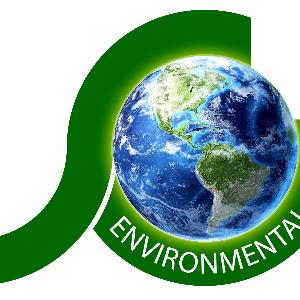Please find below the
Finalist Evaluation
Judges'' comments
The proposed solution is to reduce CO2 emissions from coal plants but the result has still a significant amount of CO2 TONN/kWh. As coal generation can only be considered a necessary mean to bridge the energy transition, it is not convincing that a new technological solution, still not tested, can enter quickly in this complex market to bring significant benefit in the "bridge" solution.
In addition, the author did not make changes to the proposal to improve it nor provide more details. There are various issues that have not been addressed, such as 1) What are the barriers and how to remove them? 2) More information on cost would be useful, in particular how does it compare with other climate change mitigation options. 3) Why is China not one of the countries selected, whereas the impact assessment results show that this is the country where the effect is largest? 4) More information could have been given on the timeline to make the project move forward, rather than general considerations on global warming!
Semi-Finalist Evaluation
Judges'' ratings
| • | Novelty: | |
| • | Feasibility: | |
| • | Impact: | |
| • | Presentation: |
Judges'' comments
The project is well presented, even if not particularly innovative in the basic science behind. It is an interesting concept, but it has been around for a while. Why didn't DOE jump on it, as the comments indicate that there were several meetings and they considered funding this project? Also the proposal would benefit from more quantification of the impacts and more details on the timeline, rather than the generalities that currently appear in those sections.
 Sid Abma Nov 1, 2017 04:55 | Proposal creator I did not make any major changes to the proposal. In reply to the Judges comments, in 2014 we had meetings at the DOE with Dr. Friedmann who was the Director of Clean Coal. We really believe that he liked what we presented. The problem was the Obama Administration. They had a goal to sink the coal industry. (You Tube- November 2008, Obama-coal). They were supporting Carbon Capture Sequestration because it is so expensive. The utilities cannot afford to do these CCS installations without Federal Gov. funding. We believe this was intended so that the government would then also become a part owner in the utility having the ability to then control the utility. We have in the past few weeks come to a Agreement for Testing at ccci.cmcghg.com This new Carbon Capture facility is a part of the University of British Columbia. If all goes according to plan we should be testing there for 21 days next April or May. Our goal is to receive BSER Certification, Best System of Emission Reduction. With this certification in hand, and a proposal for our Sidel CCU System that will give the utility a full return on their investment over 10 years, we do not believe it will be to hard to sell. Thank you for this opportunity. |
